KABUL, Afghanistan -- As the saying goes, three times is a charm.
So it was for an Army platoon leader at Camp Eggers in Kabul who was turned down twice to attend the Army's Officer Candidate School. But, on the third try to enter America's land force, he was accepted.
Thanks to new rules at the time that allowed for an older maximum age, 1st Lt. Rob Sarvis, 42, now serves as a junior-grade officer in Afghanistan. After serving his country much younger in life as a sailor with the Navy, Sarvis said he always yearned for being an officer.
"I entered the U.S. Navy in 1991 as a boatswain mate and was assigned to the U.S. Navy Presidential Honor Guard. I spent four years in the Navy," Sarvis said.
A boatswain mate is a petty officer whose specialty is seamanship and who has supervisory duties in the operation of the deck force and the maintenance of equipment, a Navy website stated. Things like a ship's rigging, anchors, cables, and deck crew are all part of the job.
Those years serving in the Presidential Honor Guard brought him one big landmark - participation in the funeral of former President Richard Nixon, the 37th U.S. president who died in 1994.
"It was a great honor to take part in the Nixon funeral. To have the ability to assist in honoring a president's life was a great experience," Sarvis said.
This funeral led to limited-notoriety for him and his comrades - landing Sarvis on the cover of national magazines.
"The magazine covers were all by sheer chance," Sarvis explained. "I was part of the Presidential Joint Service Casket Team ... One of the photos taken landed on a bunch of newspapers and magazines; it happens to have me as a focal point."
The two magazines that stand out, he said, were Time and Newsweek.
"Outside of my family not too many people know about the photos in the magazines; to me at the time it was our mission. That's all that really mattered," he said. "My wife says I tend to down play it whenever it's brought up. She's right, to me it happened, I've moved on."
Sarvis has been married 10 years.
The fact that Sarvis is serving today is quite interesting considering his love for football.
The journey first began with him attending Norwich University at Northfield, Vt., which is America's oldest private military institution. Sarvis graduated with a bachelor of science degree in physical education, with a minor in sports medicine. He also played football.
"I was a team captain of the football team and an all-conference performer at defensive end," he explained. "I have played football all my life, so after graduation I was offered the opportunity to coach the game I love and I accepted."
Sarvis then went on to become a college football coach not at one school, but three during the next decade.
Sarvis spent at total of 11 years coaching college football -- University of Rhode Island (Kingston - six years), University of Minnesota at Morris (one year), and South Dakota State University (Brookings - four years).
This period in his life as a coach brought Sarvis and his teams much success.
O At the University of Rhode Island -- Division 1 football championship subdivision; in 2001, finished season ranked No. 19 in the country at season's end with an 8-3 record.
O University of Minnesota at Morris -- Division 2, in only season with team, he helped team earn its first winning record in nine years.
O South Dakota State University -- Division 1 football championship subdivision; in all five seasons, team ranked in the Top 20 of each final poll; and in 2007 were Great West Conference football champions.
But, despite all this, he said he still had an itch to become an officer and serve again, he said.
After 15 years, Sarvis came back in the military, this time to the Army. "My father and grandfather were both prior service Army," Sarvis said.
"I always knew I wanted to come back in the service. The military was instrumental in developing me as a young man. I enjoy the people and the service to our country," he said.
But, because his desire was to serve as an officer, he found out that the Army wasn't as restrictive to re-enter as the other services.
"I enjoyed my time in the Navy and it helped mold me as a young man," Sarvis said. "The Army I thought was a better fit for me. There were more options that fit my personality and the Army was willing to give me a chance to become an officer, where all the other services would not even entertain the thought.
The big issue, he found out, was his age.
"I applied for the Army OCS [Officer Candidate School] program in 2003 and was rejected because of my age. All the other services would not even let me submit a packet because of my age," Sarvis said, who at the time was the venerable age of 34.
Determined, Sarvis reapplied in 2006 and again was denied because of his age.
"In 2006 I walked into the recruiting office and told the recruiter what happened the first time I applied," Sarvis said. "He instructed me to not even waste my time applying if I did not get approved the first time."
Finally in 2009, he applied for the third and final time and was accepted because the Army had raised the re-entry age.
"In 2009 I was researching the application process again and read that the OCS age had been raised to 40. I had no idea if it was going to work this time. I just knew that if I didn't try I would always wonder what if," Sarvis explained.
Since then, the Army has lowered the maximum age to 35.
Sarvis completed OCS in June 2009 in Fort Benning, Ga., and went on to the Basic Officer Leaders Course II course in Fort Sill, Okla. Upon completion, he entered the Field Artillery Officer School also at Fort Sill.
Today is he with the 170th Infantry Brigade Combat Team, Task Force 3rd Battalion, 4th Infantry Regiment, NATO Training Mission-Afghanistan/Combined Security Transition Command, Combined Joint 3-4, serving as a scout platoon leader and security and movement platoon leader.
The platoon is responsible for the security and movement (Personal Security Detail Team) of seven general officers and their directorates throughout the Kabul Province. Sarvis came to Camp Eggers to take over the Scout Platoon on Feb. 1. He previously served as a platoon leader at Forward Operating Base Lindsey in Kandahar, in southwest Afghanistan.
To look at Sarvis you wouldn't guess he is 42.
But he is and he's a first lieutenant. Typically, this rank is held by someone aged in his mid-twenties.
"If there is a disadvantage in his age, it would be his future prospects. When discussing his future, I cannot provide the same counsel to him that I would a 24-year old lieutenant," said Army Lt. Col. Dan Kelley, Sarvis's battalion commander. "He's extremely fit, so that's not an issue -- but we must acknowledge our own limitations as we enter our forties."
Likewise, the acting platoon sergeant agrees there are pluses to an older junior officer.
"The main advantage of his advanced age is that as a staff NCO I personally do not have to guide/influence some of the day-to-day decisions that a first lieutenant must deal with, as I have experienced with young officers," said Marine Staff Sgt. Christopher Barrera, 31, with nearly 12 years of service.
"Maturity. Lieutenant Sarvis's experience brings a level of maturity not typically seen in a new lieutenant. His coaching experience is evident as he is clearly the 'coach' of his team of scouts," said Kelley. "Lastly, his ability to interact with senior officers and NCOs -- required at NTM-A every day -- is facilitated by his level of maturity."
He "should have been a Marine," Barrera emphasized.
Typically, the scout platoon leader in an infantry battalion is a Ranger- qualified infantry officer, Kelly explained.
"I chose Lieutenant Sarvis -- an artillery officer - because he was the best man for the position. I am confident that it was the right choice based on all of the extremely positive feedback I have received regarding the scout platoon's execution of its mission, and on Rob's performance," Kelley said.
Despite his age, Sarvis displays a youthful appearance. At 6 feet 2 inches, 220 pounds, his physique is stronger and younger compared to those his age. The reason -- Sarvis continues to take care of himself.
That's one of the "great things about the Army," Sarvis said, "if you're not in shape, it's your own fault as the Army gives you plenty of opportunities."
His current training regiment consists of platoon Brazilian Jujutsu training four days a week, cardio training every morning except Sundays, weight training three days per week in the evenings, and physical training-training type exercises twice a week.
The cardio training, he explained, is broken down into four days of running and two days of machine cardio.
"As far as diet, I eat clean ... try to stay away from the fried, fatty foods and limit my sweets. I don't drink coffee or energy drinks. I always like to have a day that I can eat whatever I want, it's good for the soul," Sarvis said.
He said training goals should be personal and should not be oriented to what someone looks like in fitness magazine.
"Enjoy what you're doing, eat clean and stay active," Sarvis said. "Above all us don't take yourself too seriously. Have fun!"
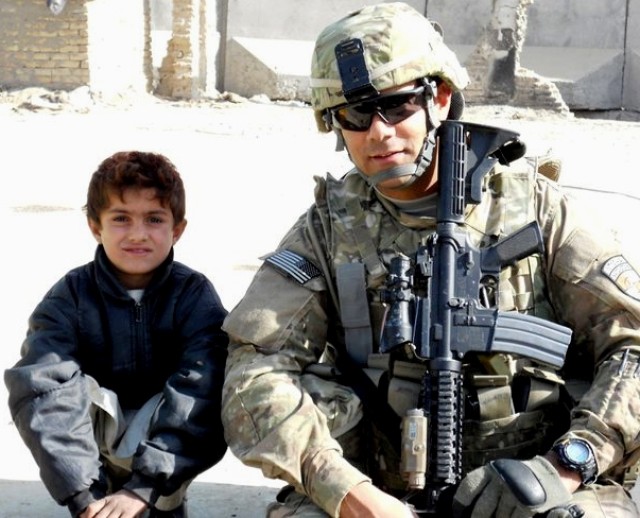
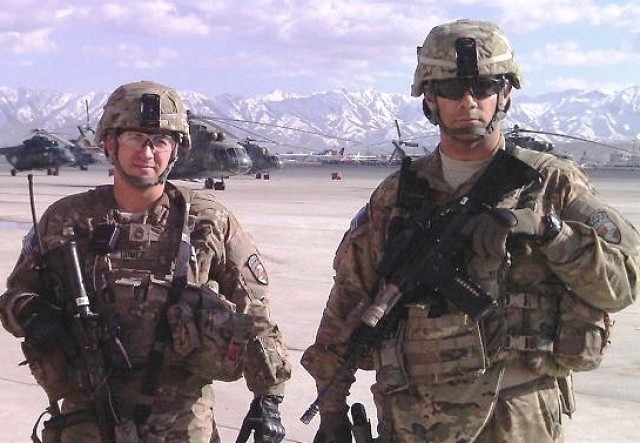
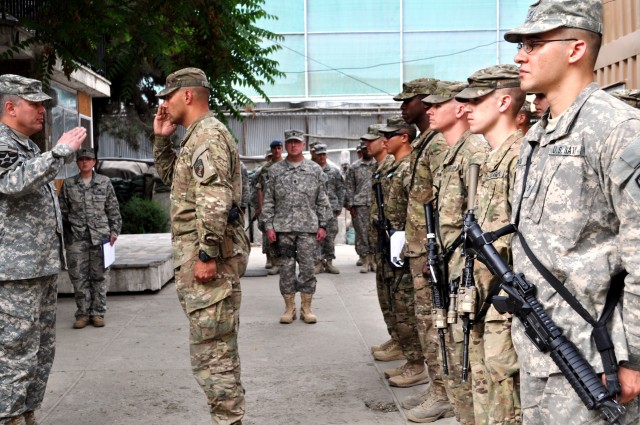
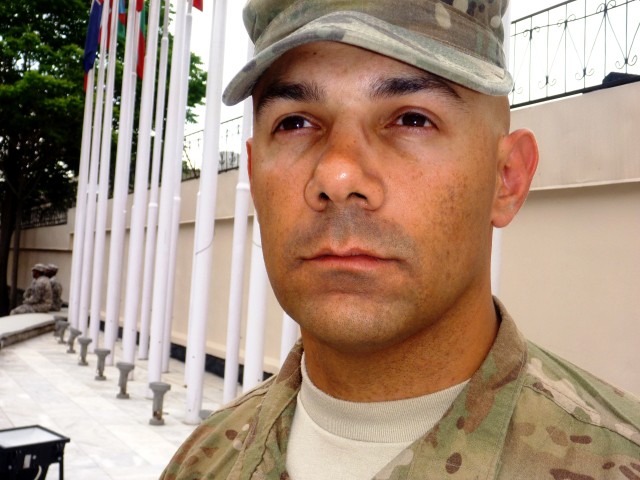
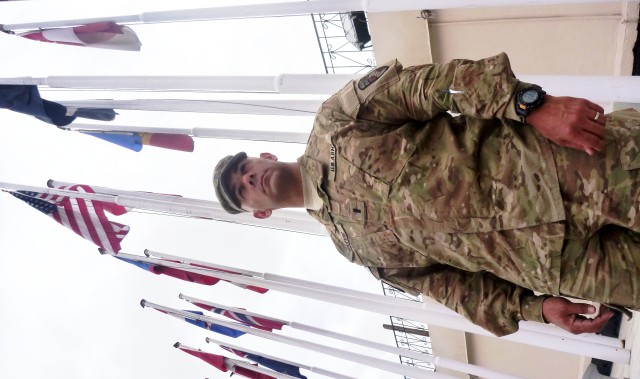
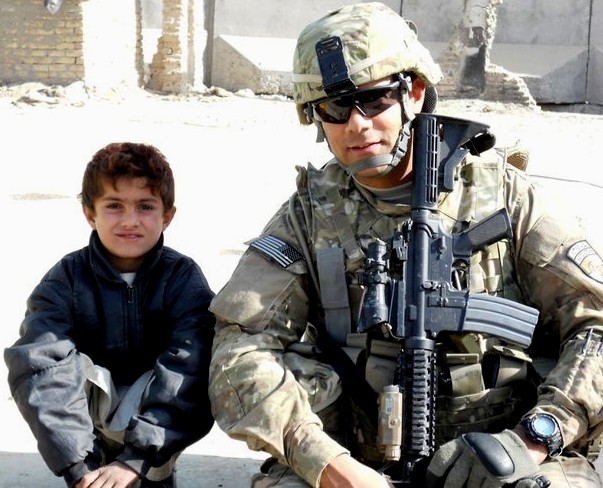
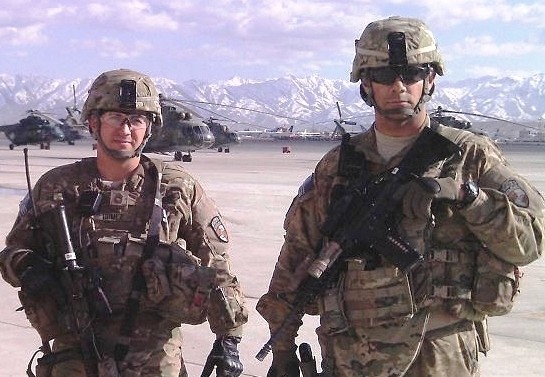
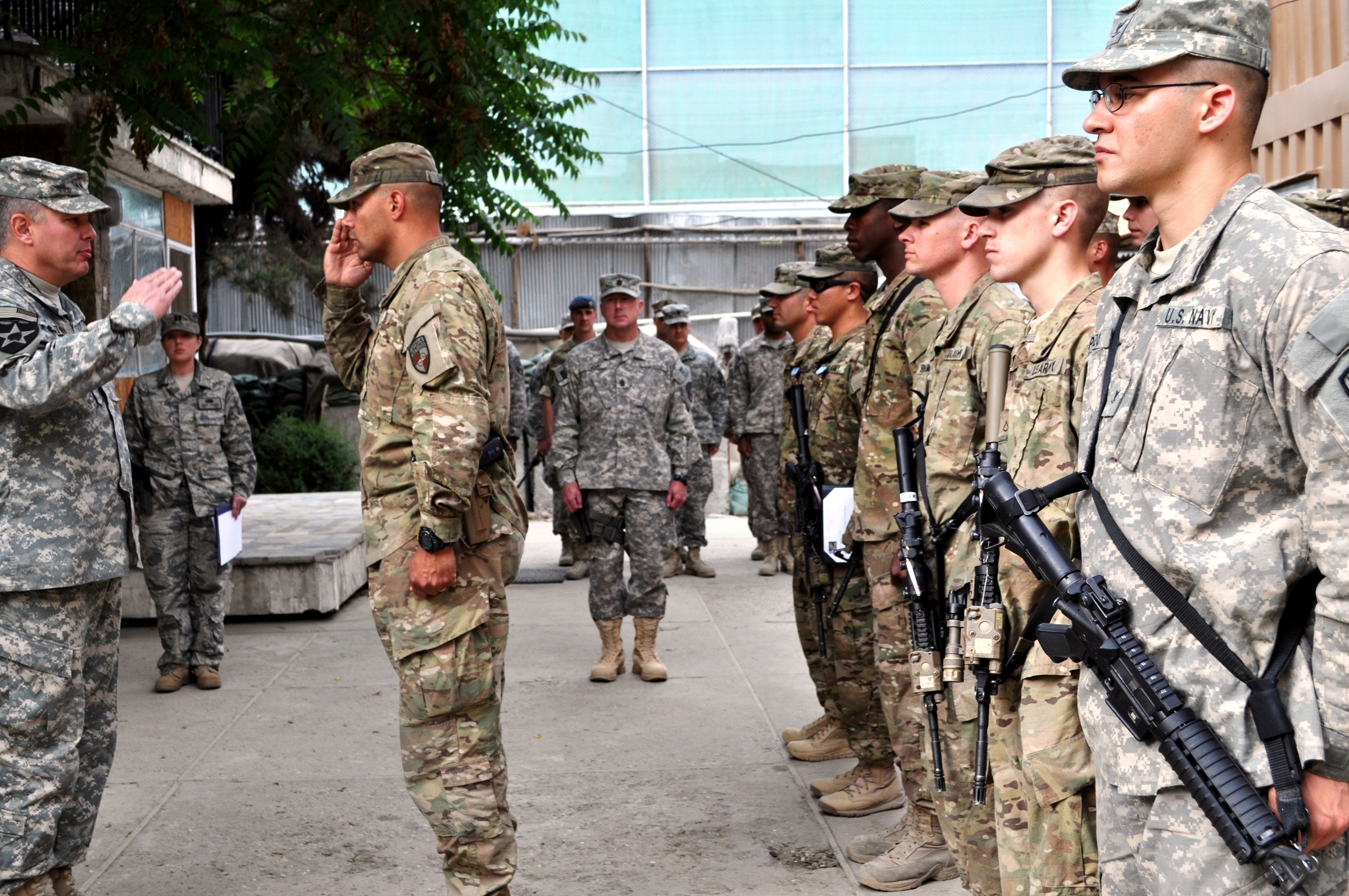
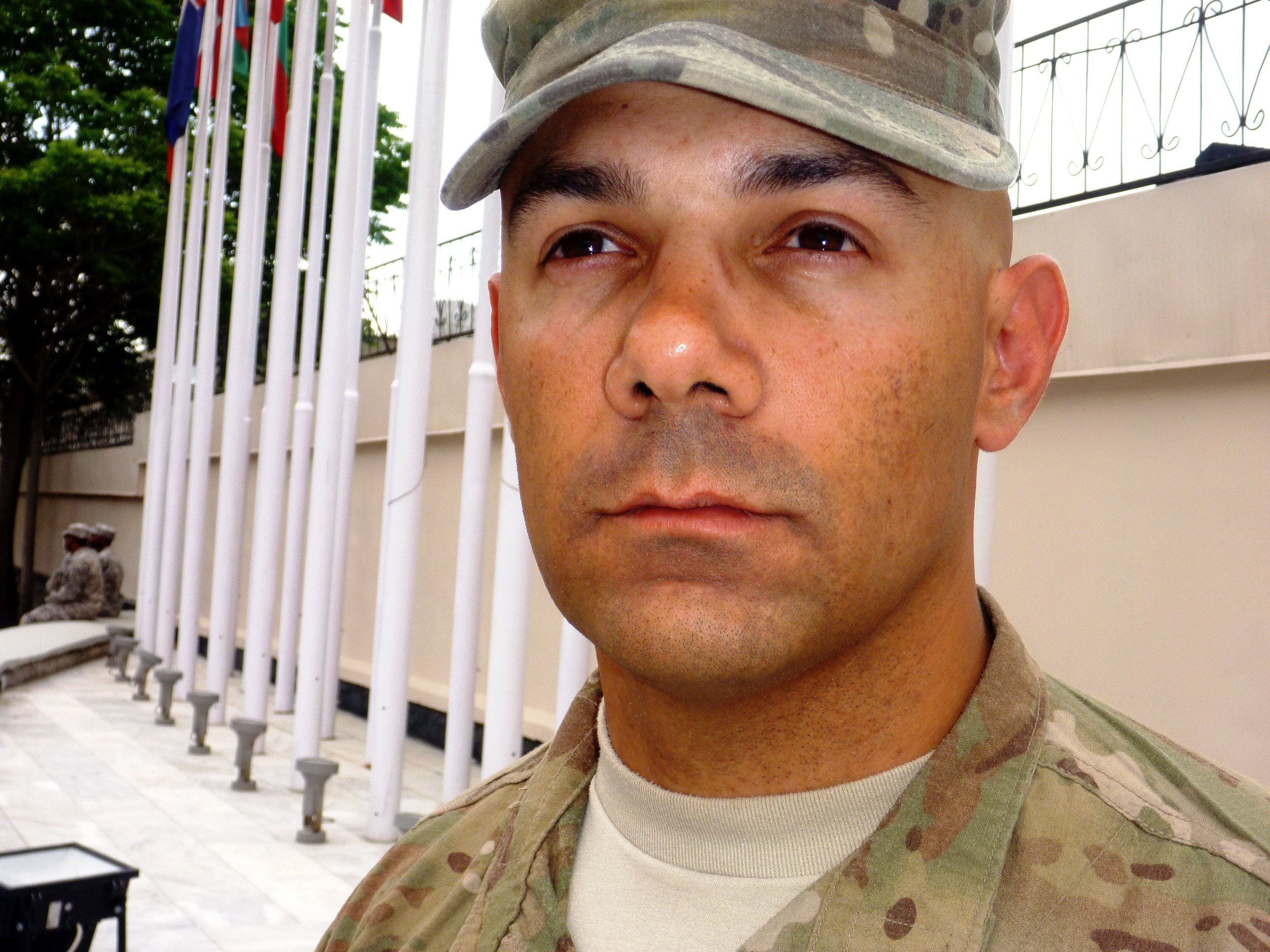
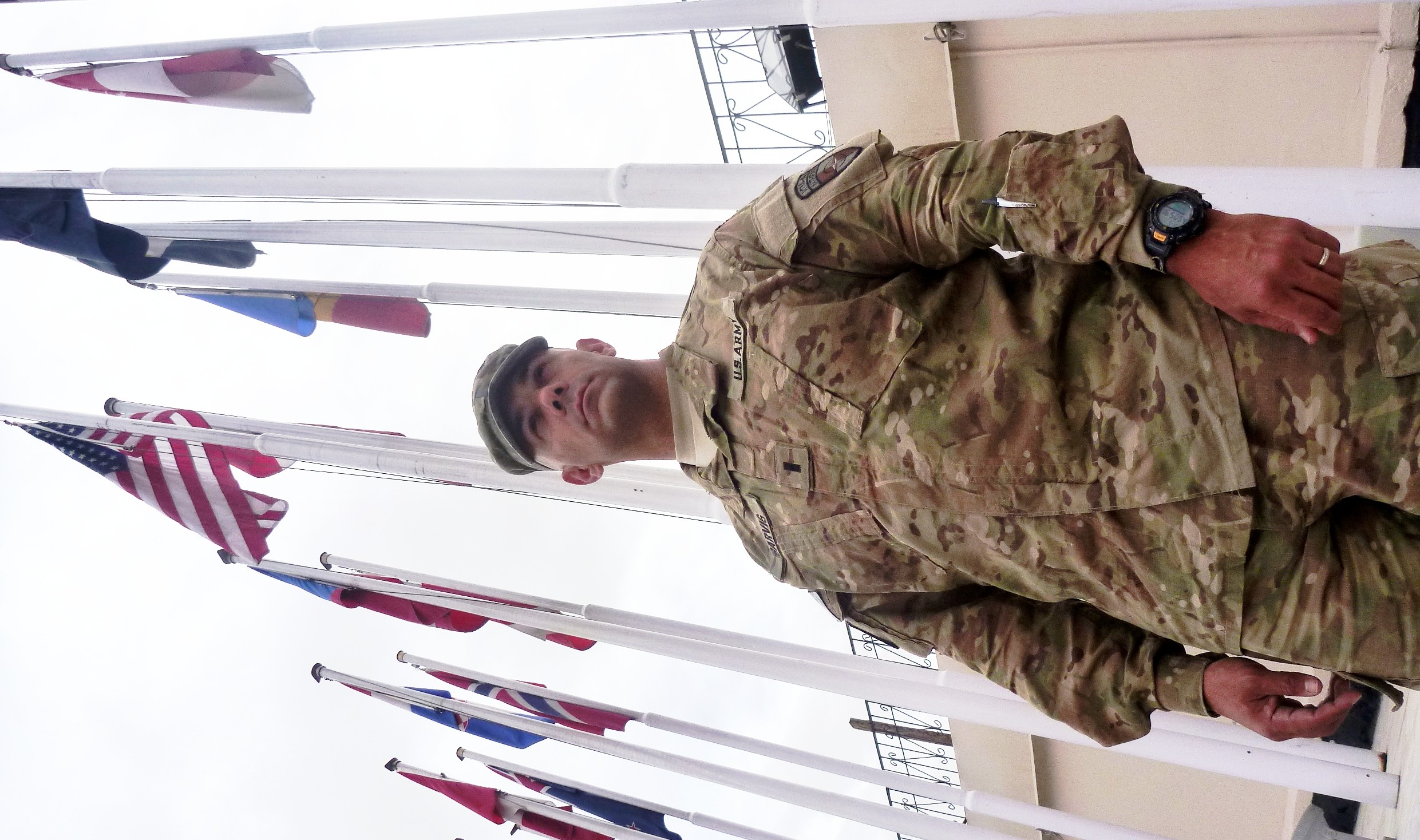
Social Sharing